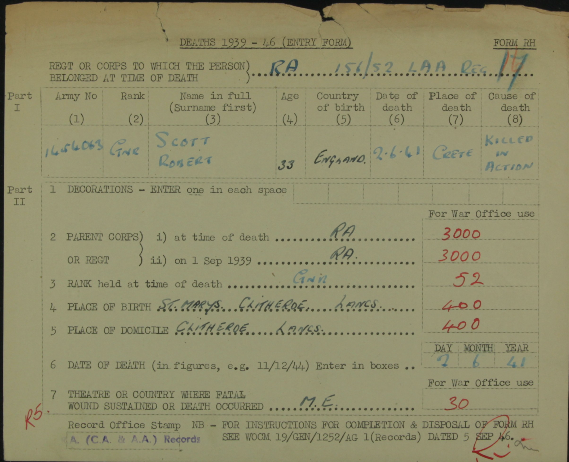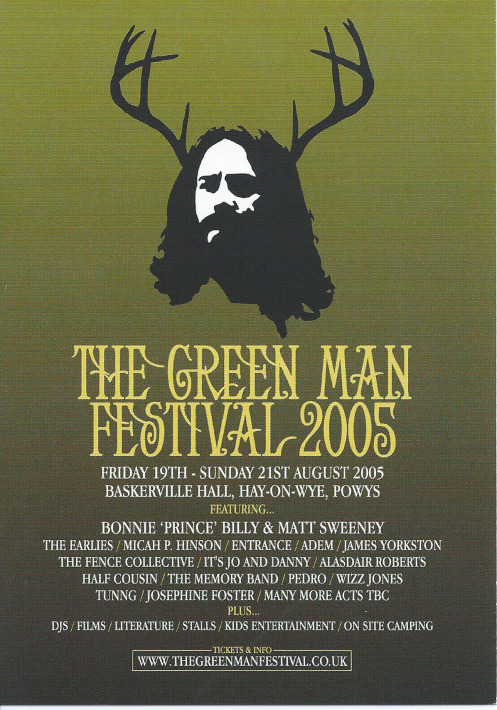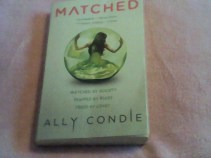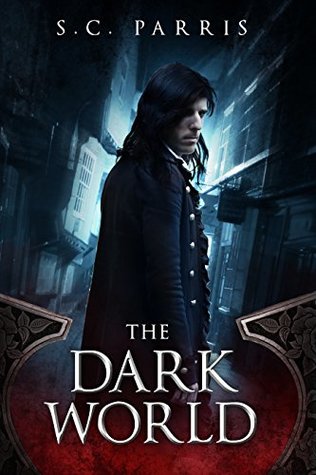Robert Scott is the husband of my grand aunt, Alice Musgrove. Alice’s parents are Joseph Musgrove and Elizabeth Ann Turner (my great grandparents).
Robert was born in Clitheroe in 1908 to parents Joseph Henry Scott and Isabella Cochrane – his birth is registered in the June quarter. Sometime in the first quarter of 1932 Robert married Alice Musgrove.
In 1938 Robert signed up for service with the Royal Artillery – his service number was 1454063.
When war eventually came Robert was assigned as a Gunner to the 156th (East Lancashire) Battery 52nd Light Anti Aircraft Regiment.
Robert was killed in action on 2 June 1941 in Crete.

News of his death appeared in The Clitheroe Advertiser and Times in an article on Friday 27 June 1941.

Robert is buried at Suda Bay War Cemetery, Greece. The following information is from the Commonwealth War Graves Commission website
In May 1941, the Commonwealth force in Crete was organised in five widely separated defence areas along the north coast – around the three airfields at Iraklion, Rethymnon and Maleme, and at Suda Bay and the port of Chania. The Germans launched their attack on 20 May with airborne troops. The airfield at Maleme was quickly captured and used for landing German reinforcements. On 23 May, the remainder of the Maleme position had to be given up and its defenders fell back to Chania. On 26 May, the Allied line west of Chania was broken. Suda Bay became indefensible and the troops from these two positions, with the remainder of the Maleme garrison, withdrew across the island to Sfakion, where many of them were evacuated by sea on the nights of the 28 – 31 May. The airborne attacks on the Iraklion and Rethymnon positions on 20 May were repulsed. Iraklion was successfully defended until the night of 29/29 May when the garrison was evacuated by sea. Orders for the Rethymnon garrison to fight its way southward for evacuation did not arrive, and it was overwhelmed on 31 May. Of the total Commonwealth land force of 32,000 men, 18,000 were evacuated, 12,000 were taken prisoner and 2,000 were killed. The site of Suda Bay War Cemetery was chosen after the war and graves were moved there by 21st and 22nd Australian War Graves Units from the four burial grounds that had been established by the German occupying forces at Chania, Iraklion, Rethymnon and Galata, and from isolated sites and civilian cemeteries. There are now 1,500 Commonwealth servicemen of the Second World War buried or commemorated in the cemetery. 776 of the burials are unidentified but special memorials commemorate a number of casualties believed to be buried among them. The cemetery also contains 19 First World War burials brought in from Suda Bay Consular Cemetery, 1 being unidentified. There are also 7 burials of other nationalities and 37 non-war burials.

Suda Bay War Cemetery, Greece
Advertisements Share this:




